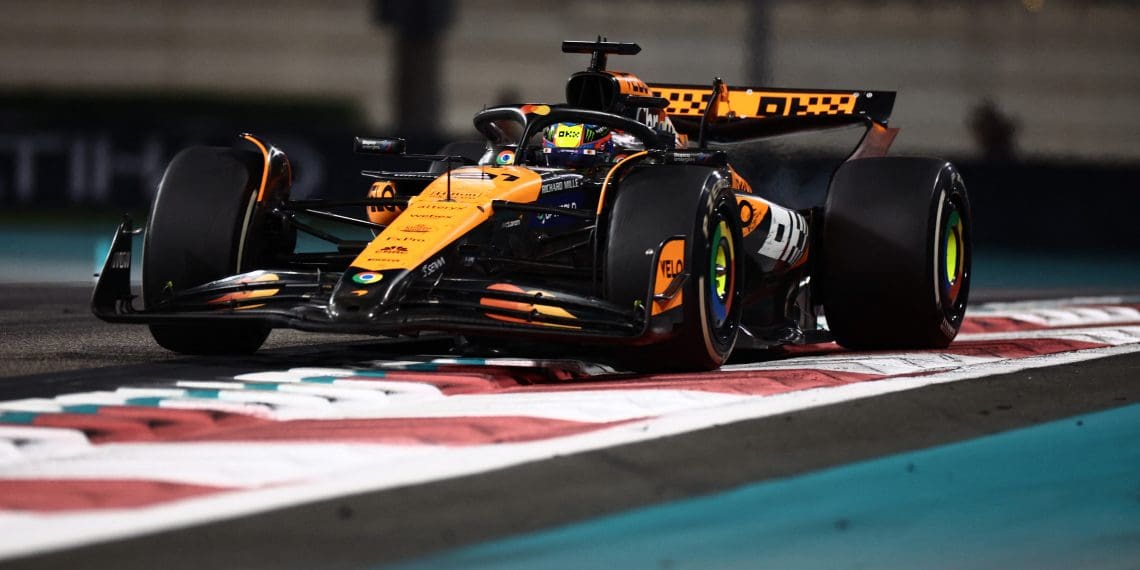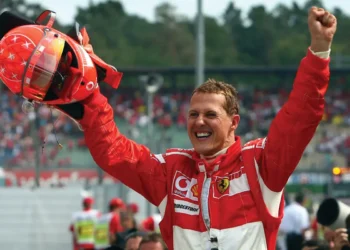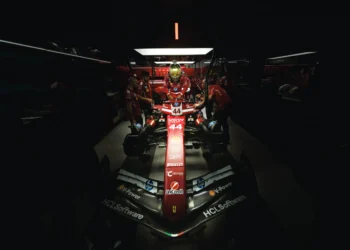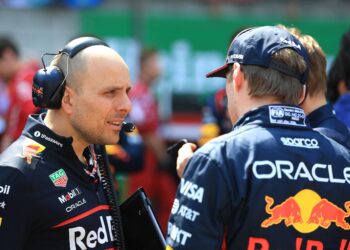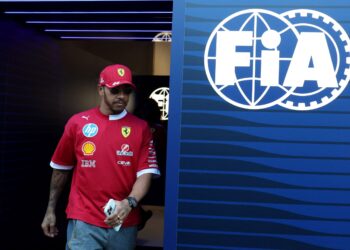Formula 1’s Drag Reduction System (DRS), introduced in 2011 to enhance overtaking, has long divided the paddock. But few have been as vocal about its downsides as former F1 team owner Eddie Jordan, who recently launched a blistering critique of the technology, branding it “fake” and detrimental to the purity of racing.
In a no-holds-barred tirade, Jordan likened DRS to handicapping the sport, saying:
“Everything that is artificial, everything that is false, everything that is put in place of the story that unfolds in a real, dramatic, honest, and correct way, in my opinion, is false. The DRS is basically false. It’s fake, it’s like having a boxer with a hand tied behind his back at a certain moment.”
DRS: Savior or Surrender?
DRS was designed to mitigate the notorious “dirty air” effect, which hinders cars from following closely due to aerodynamic turbulence. By allowing the following car to open its rear wing in designated zones, DRS significantly boosts speed and creates overtaking opportunities. However, critics like Jordan argue that this undermines the art of racing, reducing strategic brilliance to a mere push-button maneuver.
Coulthard Joins the Chorus
Backing Jordan’s call for change, former F1 driver David Coulthard added his weight to the argument, suggesting that DRS often makes overtakes too easy and robs fans of the nail-biting anticipation of a well-earned pass.
“I personally feel that very often DRS is overly effective in allowing people to overtake. There used to be real anticipation of pulling off an overtake… I’d definitely be in favor of reducing the effect of DRS.”
FIA’s Stance: Change, But Not Yet
Despite these criticisms, DRS isn’t going anywhere soon. The FIA has hinted that the system will remain even after the sweeping regulation changes set for 2026, which aim to promote closer racing. While some adjustments may be made to reduce its influence, the governing body seems reluctant to fully abandon the technology that has become a staple of modern F1.
Fans Divided
The debate around DRS reflects a broader philosophical divide in the sport: should F1 prioritize technological advancements and high-speed spectacle or preserve the raw essence of driver skill and strategy? While Jordan and Coulthard advocate for the latter, others argue that DRS has brought more action to races, allowing fans to witness overtakes at speeds exceeding 220 mph.
The Road Ahead
As Formula 1 hurtles toward its next era, the conversation around DRS remains a flashpoint. For purists like Jordan, its removal would mark a return to “real racing.” But for now, drivers will continue to wield the controversial tool, ensuring the debate over its impact burns as fiercely as ever.
What do you think? Is DRS a necessary evil or a blight on the purity of Formula 1?

